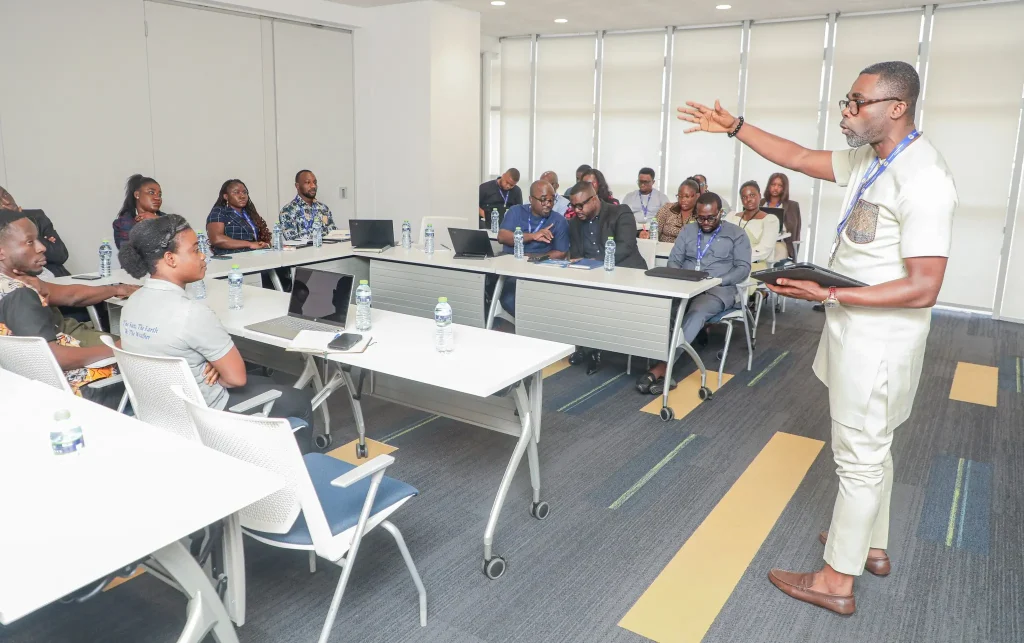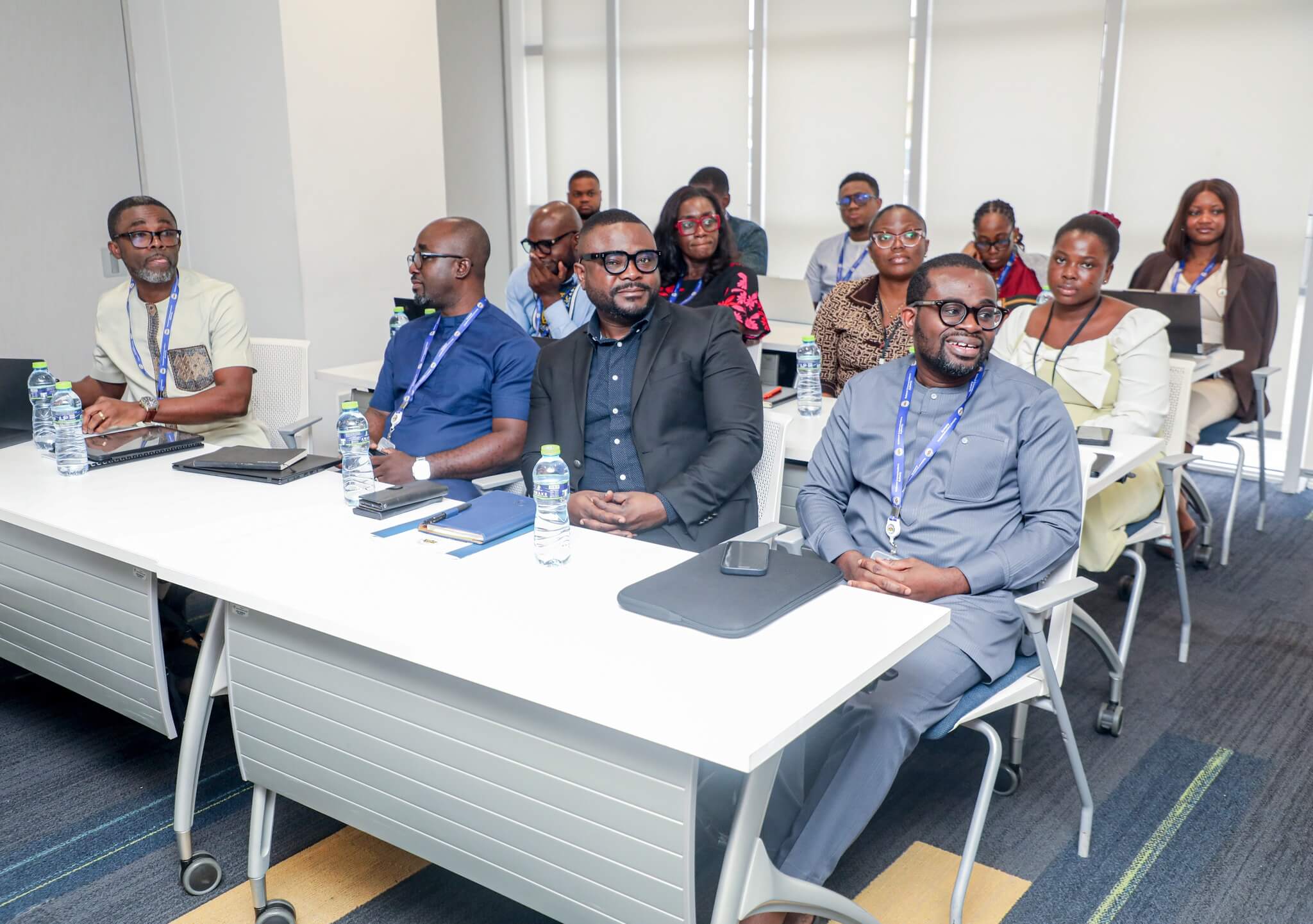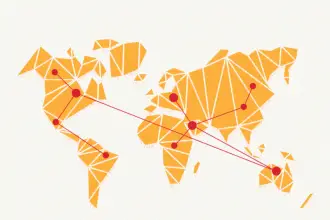The National Communications Authority (NCA) has begun work on the country’s first National Emergency Telecommunications Plan (NETP). The move, supported by the United Nations World Food Programme (WFP), aims to build resilient communication systems that remain operational during natural disasters and other crises.
Reliable communication is one of the biggest challenges during disasters. Floods, wildfires, and storms often damage telecom infrastructure, leaving affected communities without access to help.
In Ghana, where climate-related emergencies are becoming more frequent, this plan ensures that essential information reaches citizens and authorities when it matters most.
Stakeholders

The framework development began on August 11 at the NCA Tower in Accra. Key participants included government ministries, telecom operators, and emergency agencies. NCA Director Edmund Fianko acknowledged Ghana’s history of overlooking emergency preparedness. He stressed that effective disaster management depends on timely and reliable communication.How
The NETP will rest on four pillars.Monitoring and Evaluation, Disaster Preparedness, Response and Relief and Communication Systems
What This Means for Citizens
When fully rolled out, the plan will ensure that even in worst-case scenarios such as collapsed cell towers during flood critical updates on rescue operations still reach affected people.
How will NETP help Citizens
Early Warning Systems: Integrating real-time alerts to inform citizens before disasters escalate.
Backup Communication Channels: Establishing alternatives such as backup radio stations to maintain contact when mobile networks fail.
Infrastructure Resilience: Strengthening telecom networks to deliver alerts instantly to agencies and the public.
West Africa has experienced an increase in climate-related disasters in recent years. Floods in Nigeria, droughts in the Sahel, and coastal erosion in Ghana itself have all revealed weaknesses in regional disaster communication systems.
The UN-backed NETP aligns Ghana with international best practices and could serve as a blueprint for other African countries.








